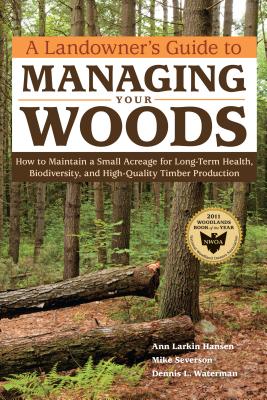
description
t, and sustainable production of food, feed, fiber, and biofuel throughout the world. Featuring more than fourteen hundred full-color photographs, this handy guide provides essential information on more than 350 of the most troublesome weedy and invasive plants found in the midwestern United States and central Canada. Drawing on the expertise of more than forty weed scientists and botanists, the guide identifies each plant at various stages of its life and offers useful details about its origin, habitat, morphology, biology, distribution, and toxic properties. The book also includes illustrations of the most common characteristics of plants and terms used to describe them, a key to plant families included in the book, a glossary of frequently used terms, a bibliography, and indexes of scientific and common plant names. This is an essential guide for agronomists, crop and soil scientists, horticulturists, botanists, Cooperative Extension Service agents, farmers, gardeners, students in agriculture and biology, lawn care professionals, green industry professionals, nursery owners, government quarantine workers, and land preservationists. Each species account includes: Up to four full-color photographs showing seed, seedling, plant, flower, and other unique plant features Distribution map For grasses, a line drawing of the collar, where the leaf joins the stem, an important identifying characteristic Scientific names, common names, and local synonyms of common names Vegetative characteristics for seedlings and leaves Special identifying characteristics Reproductive characteristics Toxic properties States and provinces covered: Illinois Indiana Iowa Kansas (northeastern) Kentucky (northern) Manitoba (southern half) Michigan Minnesota Missouri (upper half) Nebraska (eastern) North Dakota Ohio Ontario (southern half) Quebec (southwestern corner) Saskatchewan (southeastern) South Dakota (eastern half) Wisconsin
member goods
No member items were found under this heading.
listens & views

MELORTHYTHMIC DRAMAS / SYMPHONIC VARIATIONS
by SURINACH / WHITNEY / MESTER / LOUISVILLE ORCHESTRA
COMPACT DISC$12.25
Return Policy
All sales are final
Shipping
No special shipping considerations available.
Shipping fees determined at checkout.






